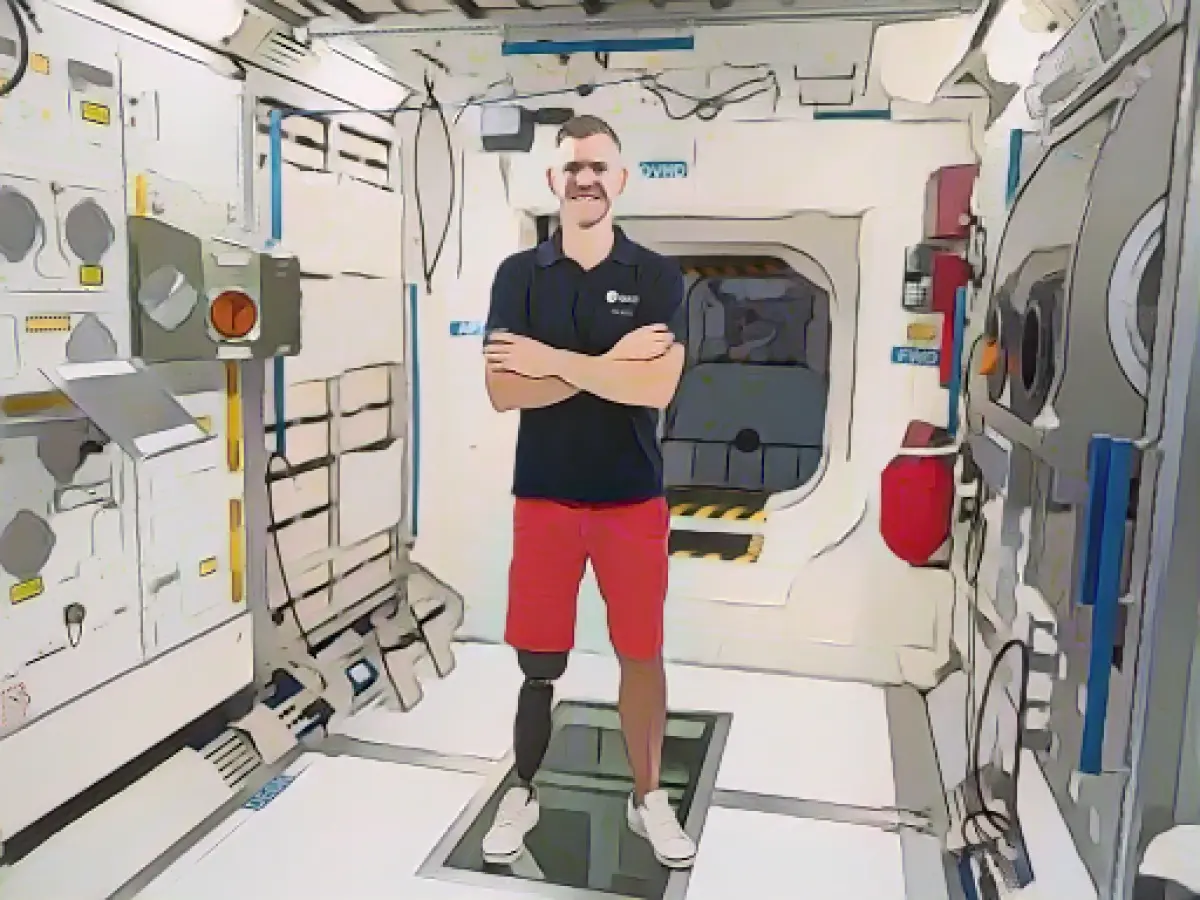Into space with a prosthesis? Tests on astronauts' artificial legs
Can a disabled British astronaut travel to the International Space Station (ISS) with a prosthesis? The European Space Agency (Esa) is to investigate this. The issue is whether John McFall's artificial leg does not emit any toxic gases, even over a longer period of time, as the British newspaper "Telegraph" reported on Saturday.
The Paralympics athlete was selected by Esa a year ago for the newly created position of "parastronaut" - an astronaut with a physical disability. However, whether the 42-year-old will actually be allowed to fly into space also depends on the examination, which is due to be completed in 2025. McFall lost his right leg after an accident when he was 19.
"These are things you don't necessarily think about," McFall told the Telegraph. "The base is made of carbon fiber and has a kind of high-density foam inside. The carbon fiber base is impregnated with a resin. The foam is made of polymers."
However, the fact that these materials release gases to a certain extent could be risky in a closed circuit like the ISS. This is because the air on the space station is constantly recycled and the gases cannot be filtered out.
- The investigation by the European Space Agency (ESA) involves studying if John McFall's prosthetic leg, used for space travel, emits any harmful gases over an extended period.
- Science plays a crucial role in this examination as scientists need to ensure the safety of Space travel for people with disabilities, using advanced materials like carbon fiber and high-density foam in prosthetics.
- As a potential parastronaut for future space missions with ESA, John McFall's background in sport as a Paralympics athlete emphasizes the importance of inclusivity in space travel, breaking new boundaries in the realm of science and space exploration.
Source: www.dpa.com








